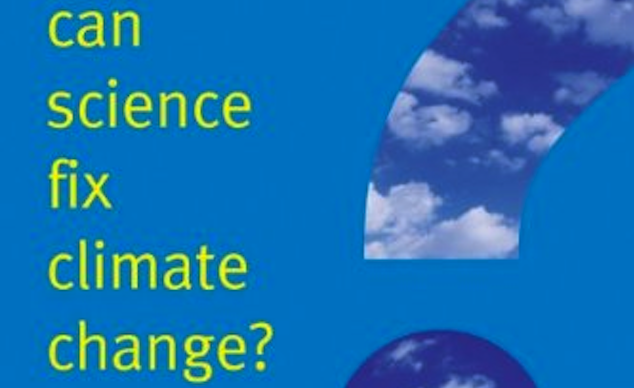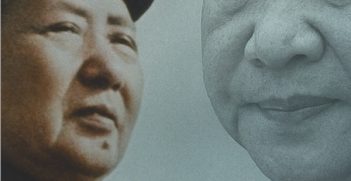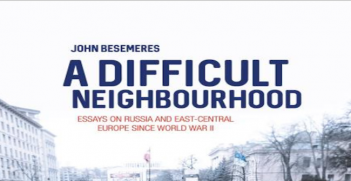Can Science Fix Climate Change?

The anniversary of the Kyoto Protocol, which entered into force ten years ago today, gives us pause to reflect on the progress made by the global community on efforts to curb dangerous climate change. The landscape has shifted significantly since 16 February 2005; scientists say that current global efforts are dismally insufficient, creating the need for a more drastic approach. Some experts say that artificially altering the global climate through geo-engineering is the only way to avoid dangerous amounts of warming.
Is this the magic fix we have been waiting for?
In his book Can Science Fix Climate Change?, Professor Mike Hulme presents a compelling argument against geo-engineering as a ‘solution’ to climate change, an approach which he characterises as hubristic and misguided. More than just providing logical arguments which warn against the dangers of such a ‘techno-fix’, Hulme shows how climate change has been wrongly framed to trick us into searching for a silver bullet, rather than seeing the full complexity and ‘wickedness’ of the problem. He provides an alternative framework for understanding climate change in a way which places human wellbeing at the centre of the considerations of climate change and its challenges.
Drawing upon his life’s research into the science, politics and ethics of climate change, Hulme works through a series of arguments against the development and potential deployment of a particular type of climate-engineering technology called Stratospheric Aerosol Injection (SAI), which is currently the most advanced and favoured of all the geo-engineering technologies. SAI is a ‘sunlight reflection technology’ which involves injecting millions of tonnes of hydrogen sulphide or sulphur dioxide into the stratosphere where these particles would scatter sunlight back into space, thereby reducing lower atmospheric heating.
The book works through the different reasons why, in the author’s opinion, using science to fix the climate is undesirable, ungovernable and unattainable. Hulme explains that creating a ‘stable’ global climate in no way means the creation of stable local climates around the world because different parts of the world will be differently affected by such artificial adjustments, many adversely. He asserts that ‘the idea that the global temperature is a suitable object of governance is a delusion’ because it relies on the problematic notion of a global ‘we’, obscuring the vastly unequal distribution of responsibility and capacity among human actors. Hulme argues that, in actuality, SAI destabilises more than it stabilises and that the world could never agree on the level to ‘set the global thermostat’; this could even become a source of global conflict.
This book is a comprehensive introduction to the debates surrounding geo-engineering and it clearly sets out, in reasoned and informed arguments, the different reasons why we should be very sceptical about miracle cures such as SAI. Hulme’s central argument is that climate change is incorrectly framed as a straightforward problem waiting for a solution, when in fact climate change is a ‘wicked’ problem that involves complex systemic interdependencies and which requires a nuanced, multifaceted response. He advocates an ‘oblique’ approach which looks at a more diverse range of welfare goals such as sustainable energy, human health, food security and ecosystem integrity, goals which contribute independently to general well-being while also contributing to climate change mitigation.
Hulme’s argument draws its power from a reflection on the ‘why’ of stopping climate change. What’s the end game? If the ‘ultimate performance metric’ for the human species is simply to survive, then perhaps SAI, which has the potential to limit global warming to below two degrees, should be seen as the right path. But this book shows that if humans want to do more than survive, if we want to optimise human and non-human welfare, reduce poverty and inequality, and promote human rights and human flourishing, then we need to stop looking at climate change as something that can merely be ‘fixed’.
Can Science Fix Climate Change? constitutes an important contribution to discussions of the ethical and philosophical implications of climate change and its mitigation which helps us to make sense to what might be the human race’s most significant existential challenge. It is a must-read for those who wish to develop a comprehensive understanding of this debate and its many dimensions.
Professor Mike Hulme, Can Science Fix Climate Change?, Polity Press, 2014
Reviewed by Siobhan Neyland, former intern at the AIIA National Office




